- Events
- Viewpoints
- Awards

We asked the four Hakuhodo DY Group employees who served as jury members at Spikes Asia 2023, one of Asia-Pacific’s largest advertising festivals, about the characteristics of this year’s award-winning entries in the respective categories and their impressions after judging the contest.
YUICHIRO HORIE: Creative Data and Innovation Jury Member
Could you describe the categories you judged and the characteristics of this year’s Grand Prix winners?
I served as a jury member in the Creative Data and Innovation categories.
In the Creative Data category, what we looked for as jury members was not just great applications of data but also whether an entry expands the possibilities of data through creative ideas and perspectives. “Flipvertising” took the Grand Prix after impressing the jury with its solution for a difficult orientation brief that combined both data and a creative concept.
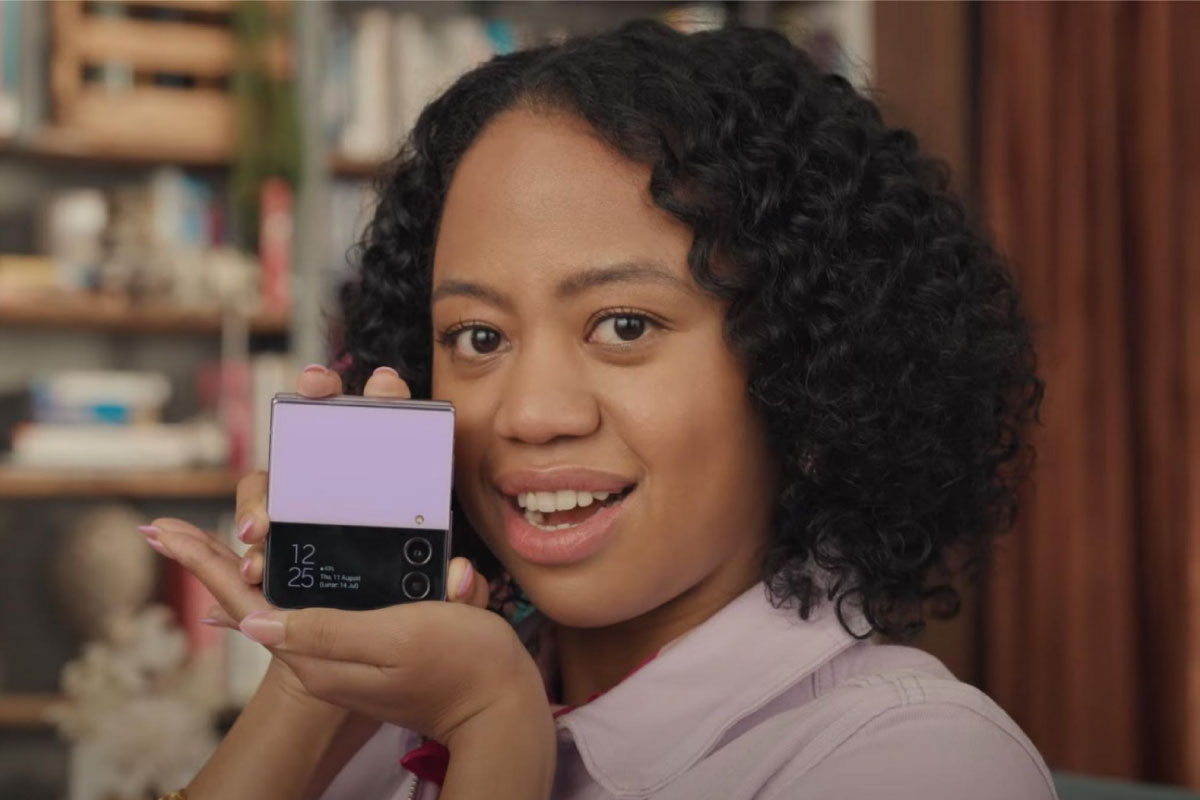 Samsung’s “Flipvertising” (CHEP Network, Australia)
Samsung’s “Flipvertising” (CHEP Network, Australia)In the Innovation category, the judging criteria was to select a project worthy of a creative award that did not merely introduce some cutting-edge technology or follow the standards of another industry. As a result, “The Hydrogen Garbage Truck” earned the Grand Prix for how it combined technologies to create new value. The project was lauded also for being produced at scale with the involvement of the government, and not just a one-off prototype.
 Hyundai Motor Group’s “The Hydrogen Garbage Truck” (INNOCEAN, South Korea)
Hyundai Motor Group’s “The Hydrogen Garbage Truck” (INNOCEAN, South Korea)
What are your impressions after serving as a jury member?
The judging made me more aware of the importance of concepts and ideas that translate beyond a single market. In our ordinary work, we often devise strategies based on customs or culture intrinsic to Japan or specific to the target. In other words, we usually value the depth of insights and micro-perspectives.
The judging at Spikes Asia, however, put more weight on whether the data application truly captured the fundamental issue at hand and whether the innovation appeared to be applicable and deployable across multiple markets. Regardless of whether a project is actually deployed in multiple markets, I believe that the potential for application in multiple markets (i.e., a sense of scalability) will be an increasingly important factor when assessing creativity in the future.
Of course, seeking deep insight will still remain crucial, but I hope we will place more importance on concepts in which insight is not slanted toward only a part or a moment of the overall story.
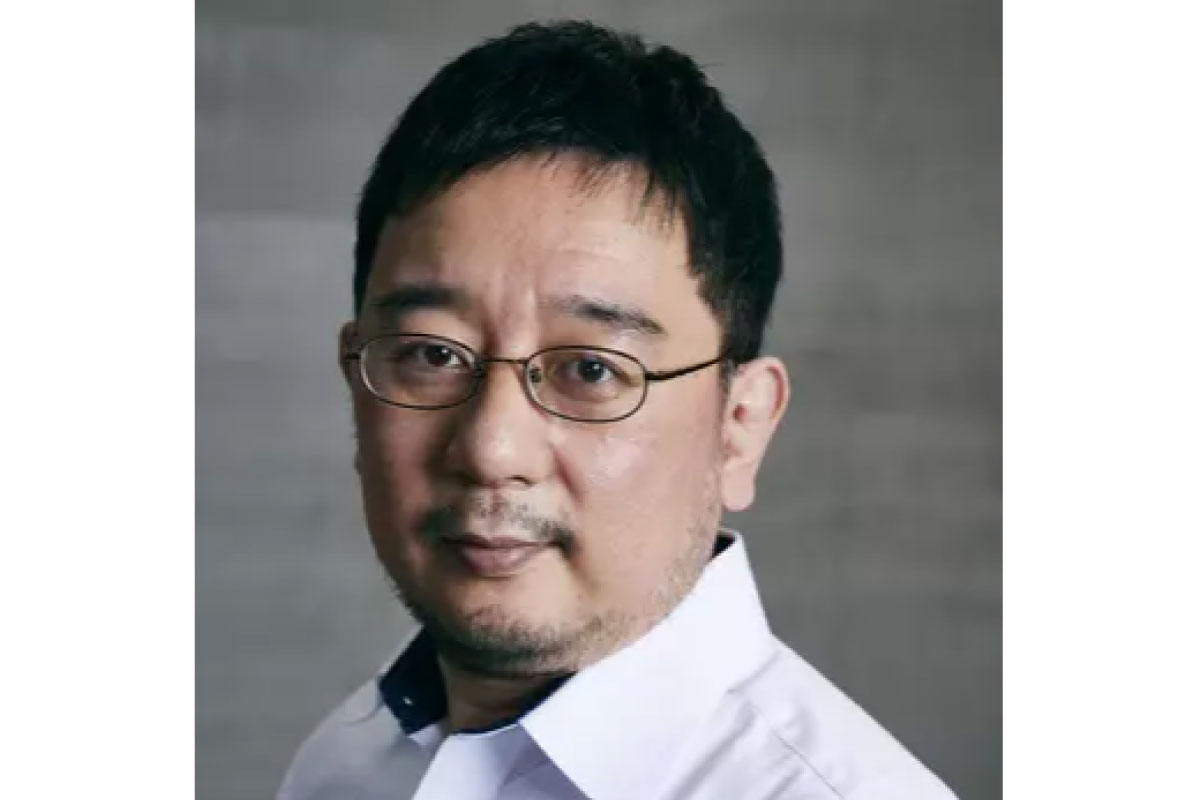
Yuichiro Horie
Head of Planning, Planning Division, Innovation Intelligence Unit
TBWA\HAKUHODO
JUSTINA ZUN-ZUN CHANG: Design and Industry Craft Jury Member
Could you describe the categories you judged and the characteristics of this year’s Grand Prix winners?
I was delighted that I could bring my unique perspective to Spikes Asia as a global citizen, having lived in Taiwan and New York before coming to Tokyo.
This year’s Design and Industry Craft categories were fascinating for the extensive use of AI and data and how technology is taking design and visuals to a whole new level. In particular, it was amazing to see how technology is pushing the boundaries of creativity.
While the pandemic affected Asia in 2022, it seemed like more brands began viewing the metaverse as an important communication platform. This fueled the development of more enveloping virtual worlds with appeal for younger generations, such as recreating actual landscapes or making use of influencers.
One thing I noticed about this year’s entries was a resurgence of designs and art direction inspired by traditional aesthetics and techniques, rather than utilizing only new technology. The emphasis on craftsmanship and attention to detail found in traditional design was evident in many of the works. I think this trend underscores how effective the application of traditional techniques can be in a time when technological advances often dominate design, and how important cultural insight and contextual understanding are to design.
I was very impressed with the design of “Suntory Tennensui Endless Dawn” site, from the simplicity of the idea to the finishing touches. I was particularly taken by the rich humanity of the journey incorporated into the design. The carefully selected narratives and music added depth, beauty, and emotional impact to the work.
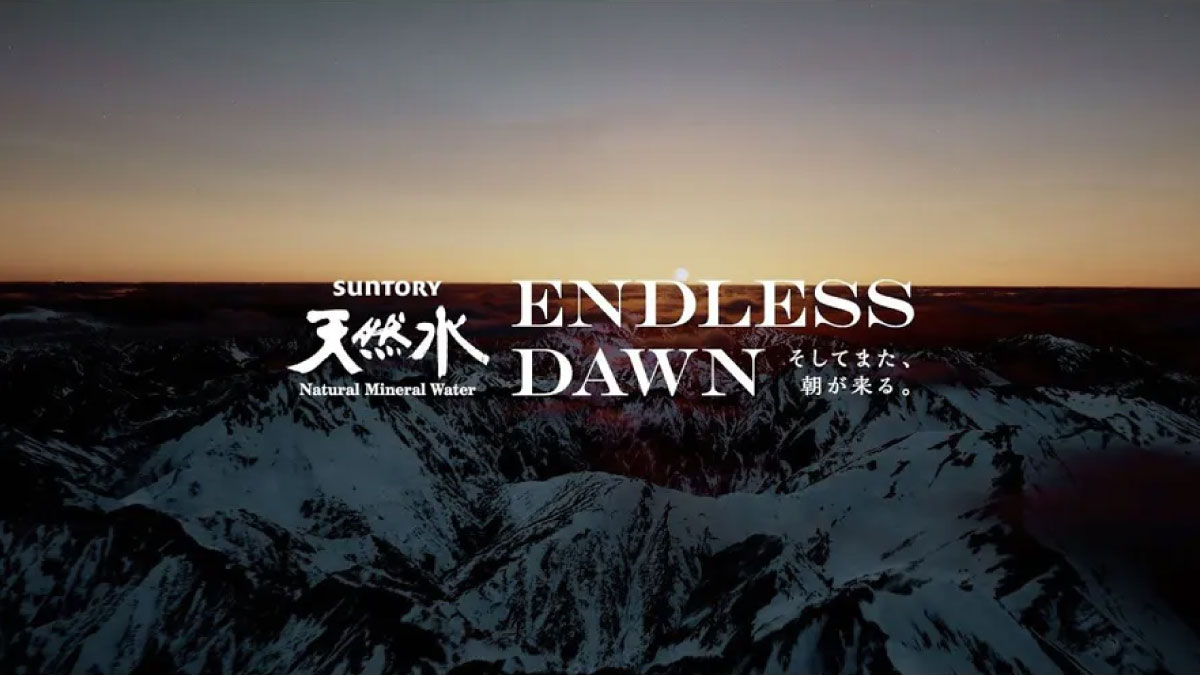 Suntory’s “Suntory Tennensui Endless Dawn” (Dentsu Craft Tokyo, Japan)
Suntory’s “Suntory Tennensui Endless Dawn” (Dentsu Craft Tokyo, Japan)I felt that “Rejected Ales” both demonstrated the power of creativity and adeptly embraced imperfection, turning it into a unique selling point. The humorous package design captivates customers, and the storyline creates a sense of personal participation in the brewery’s journey toward perfection.
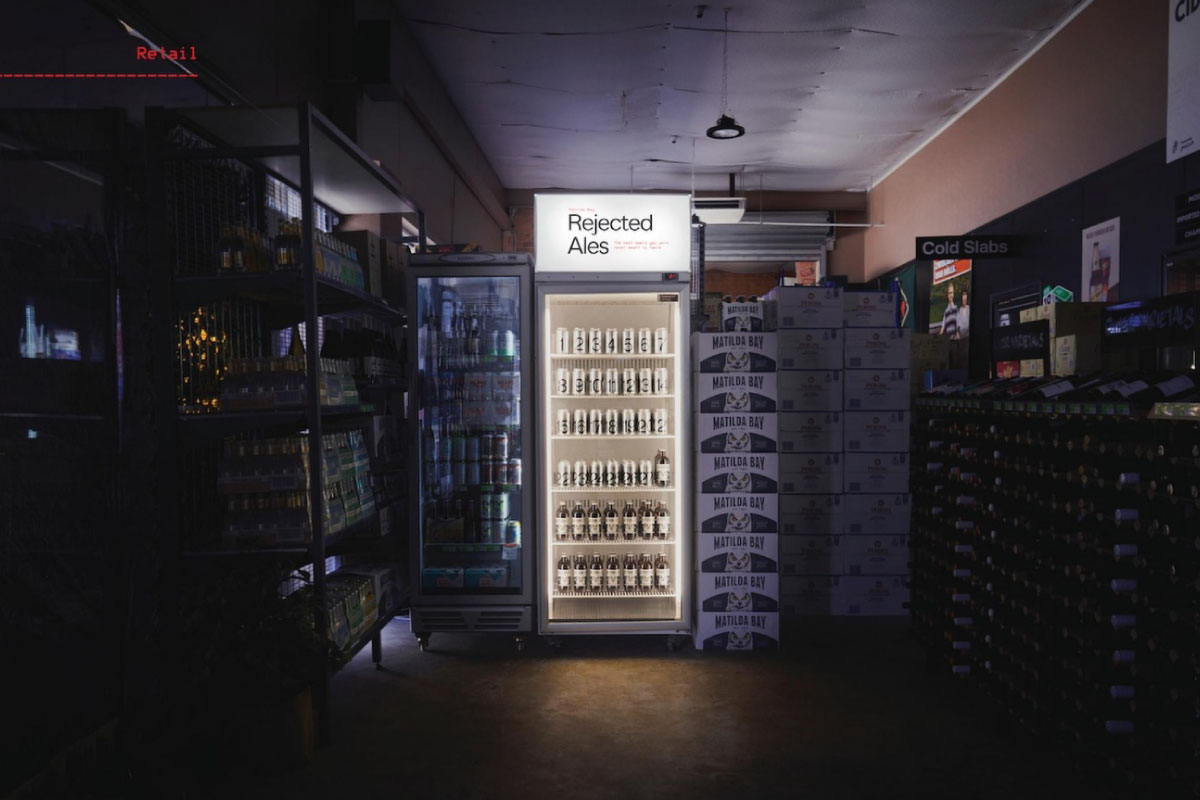 Matilda Bay Brewery’s “Rejected Ales” (Howatson+Company, Australia)
Matilda Bay Brewery’s “Rejected Ales” (Howatson+Company, Australia)
What are your impressions after serving as a jury member?
I learned so much from the other jury members. The judges for the Design and Industrial Craft categories came from many different countries and had all kinds of cultural roots. It was very interesting for me to observe and understand their different ways of thinking about culture.
From the view of non-Japanese, the biggest distinction of Japanese creatives is their close connections to Japan’s richly layered culture. If you have an understanding of this culture, you can see why Japanese creatives have such an established position in the world. On the other hand, if observers have only a scant understanding of Japanese culture, they may be put off by its complexity.
When working on the global stage, we must seek mechanisms that all people find easy to understand and develop creatives that are simple and direct. This is one of the lessons I took away from judging this contest.
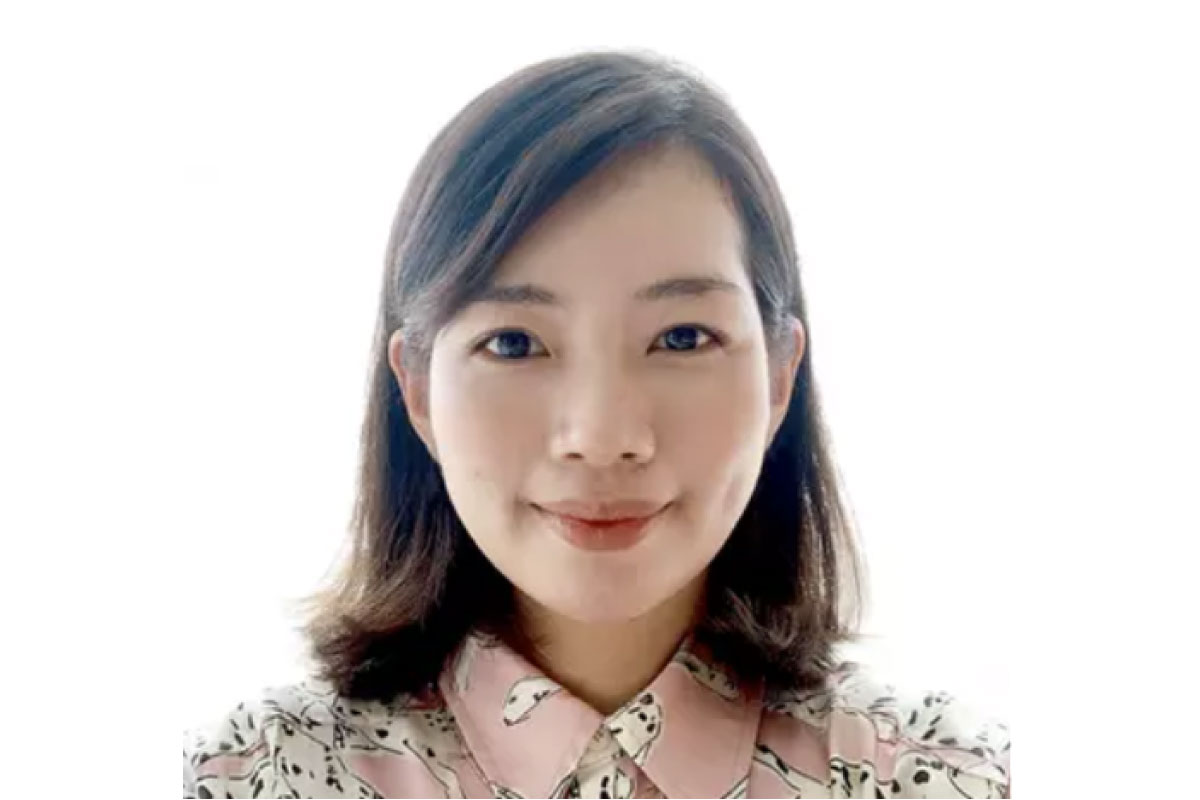
Justina Zun-Zun Chang
Global Integrated Art Director, Global Creative & Business Coordination Department
Hakuhodo Inc.
MINAKO TANAKA: Media Jury Member
Could you describe the category you judged and the characteristics of this year’s Grand Prix winners?
The jury members assessing entries in the Media category focused on two points. One was looking for the wow in the media strategy or media execution, without becoming too emotional about the insight or craft (which is common). The other is that the media must show clear changes in action and drive social change in regard to social issues.
Given these criteria, the Grand Prix was awarded to “Knock Knock,” which was unanimously praised by the jury. One of the main reasons victims of domestic violence do not seek help from the police is because their partner is nearby. “Knock Knock” is the world’s first silent emergency call, with which victims can reach out for help without being noticed by their abuser. The simple and elegant smartphone-based emergency call itself becomes a medium, a message, and an action all in one, as well as prompting an innovation in the actions of people who are trapped against their will. The system is also inclusive, as it can be adopted for any crime and even for people with hearing disabilities or language barriers. This is a program I would like to see rolled out immediately around the world.
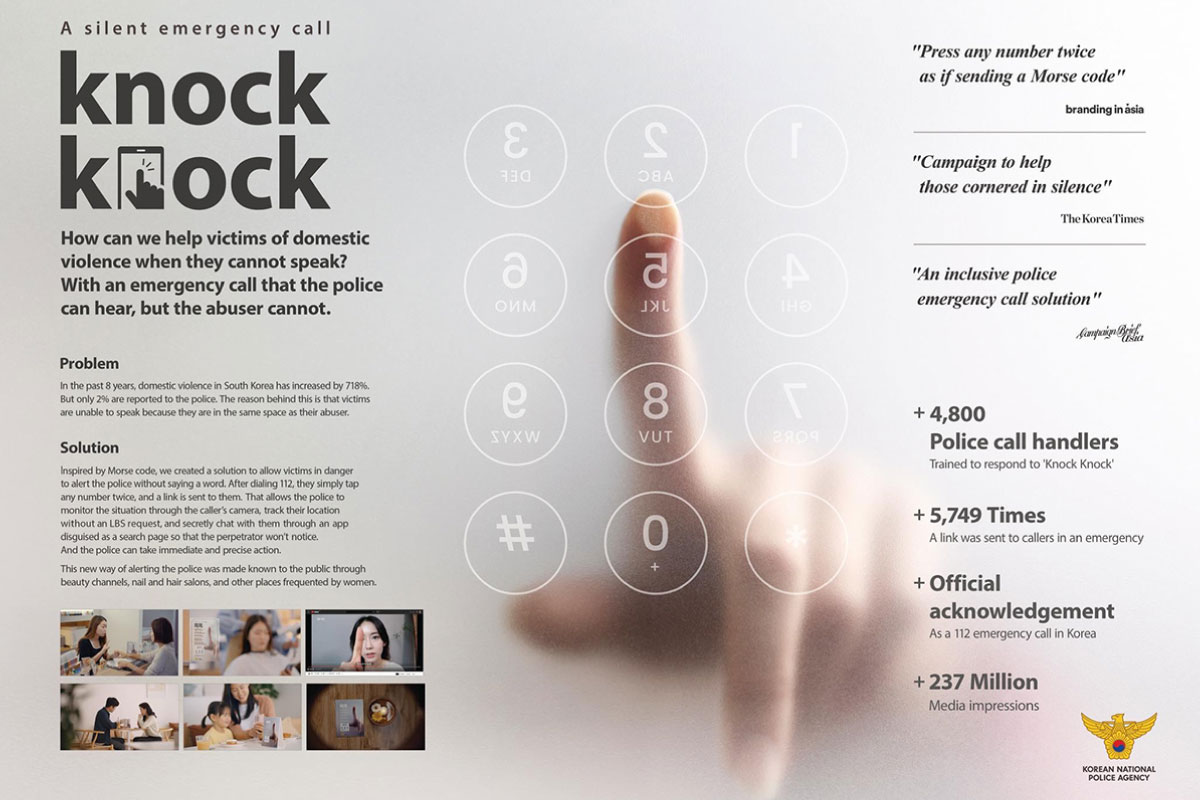 Korean National Police Agency’s “Knock Knock” (Cheil Worldwide, South Korea)
Korean National Police Agency’s “Knock Knock” (Cheil Worldwide, South Korea)
What are your impressions after serving as a jury member?
Perhaps it was because the awards were limited to Asia, but the cultural and social backgrounds, insights, and markets, as well as the colorfulness of each, really stood out for me. At the same time, I was most enthralled by the process of carefully trying to understand all of these factors. I got a real sense of the high regard people have for Japan for its uniqueness. From the entries, I saw the potential in placing importance on storytelling and creating an edge based more on one’s own culture and social background and on understanding of the target and market.
All the jury members in the Media category apart from me were strategists and media planners. Through this experience, I gained a greater appreciation for their compelling work in the Media category.
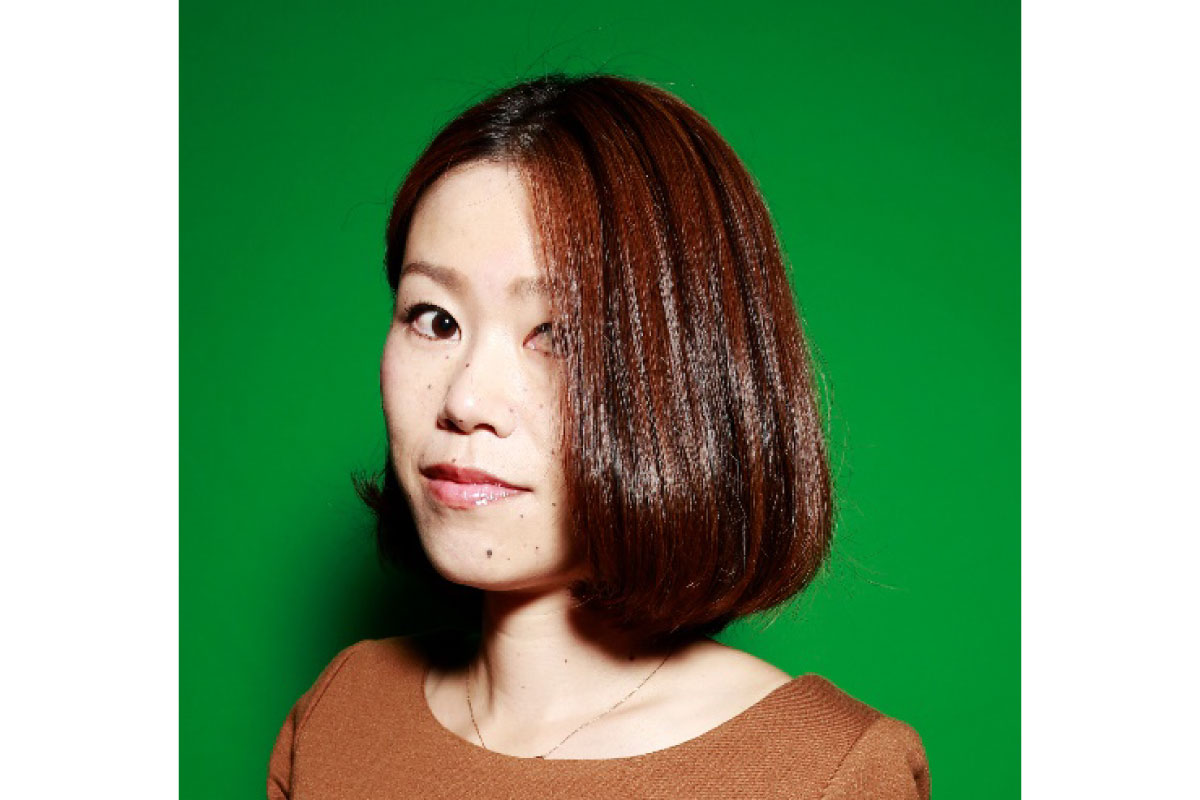
Minako Tanaka
Creative Director & Integrated Creative Producer, Creative & Technology Division
Hakuhodo DY Media Partners Inc.
TARO TANIWAKI: Print & Publishing and Radio & Audio Jury Member
Could you describe the categories you judged and the characteristics of this year’s Grand Prix winners?
I served as a jury member in the Print & Publishing and Radio & Audio categories. Because there were many entries with exceptional copy in both categories, as a copywriter myself, I felt I had to sit up straight and pay close attention even as I enjoyed the judging.
The Print & Publishing category seemed to have many picture-perfect print ads consisting of a single tagline and a single visual. Of these, Ikano’s Grand Prix-winning “Kitchen” was outstanding in the depth of its eye-catching insight and the immediacy of its non-verbal and universally understandable message.
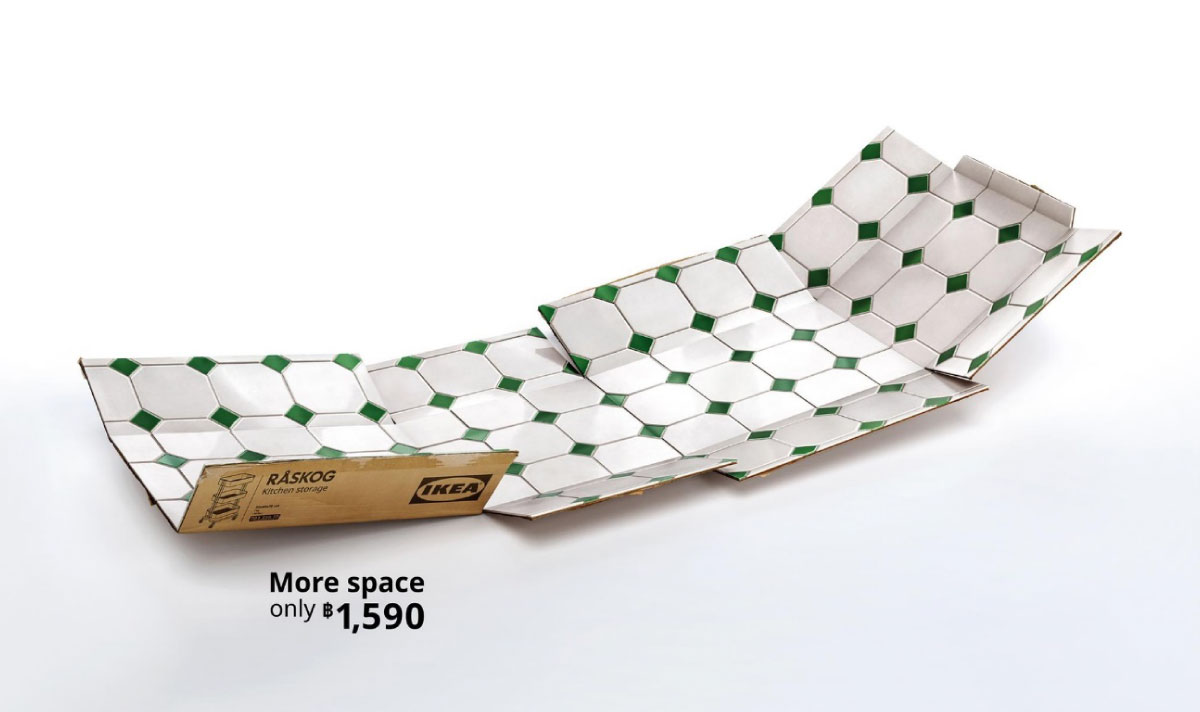 Ikano’s “Kitchen” (Ogilvy, Thailand)
Ikano’s “Kitchen” (Ogilvy, Thailand)In the Radio & Audio category, I noted that in many works, the idea was not so much the project itself, but the way the project was created. Skinny’s Grand Prix-winning entry “Phone It In,” which used ordinary people in the street as radio commercial narrators to emphasize Skinny’s affordability, was also able to express its high voice-call quality by how it was recorded. The idea was so brilliant that I nearly slapped my thigh when I got what they were doing.
 Skinny’s “Phone It In” (Colenso BBDO, New Zealand)
Skinny’s “Phone It In” (Colenso BBDO, New Zealand)
What are your impressions after serving as a jury member?
The judging for the Grand Prix in the Radio & Audio category was so contentious that the jury had to re-convene on a second day. Everyone agreed that Skinny’s idea was outstanding, but the jury was split on whether the copy’s humor was truly worthy of a Grand Prix. I personally thought the New Zealanders’ Kiwi jokes were funny and voted for the ad. But the jury president, for one, claimed “It could have definitely been written in a funnier way” and did not vote for it. The goodness of an idea transcends national borders, but humor does not necessarily travel well. That was the most memorable impression I took from my judging experience.

Taro Taniwaki
Copywriter, Global Creative & Business Coordination Department
Hakuhodo Inc.
Spikes Asia Official Site: Spikes Asia 2023 | Festival of Creativity














